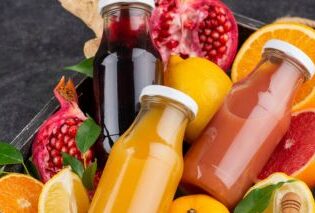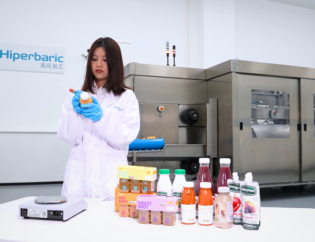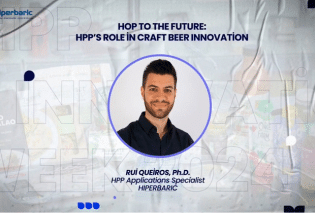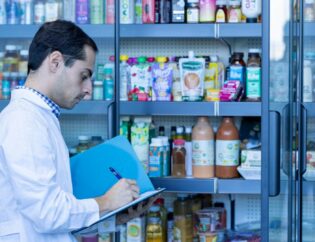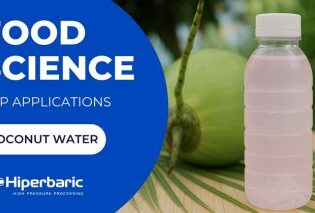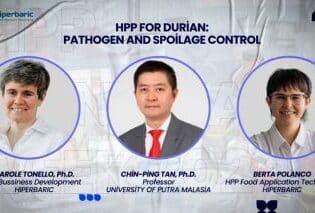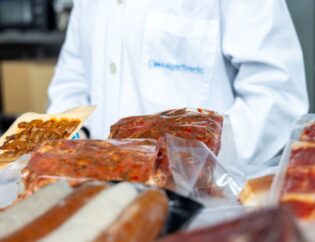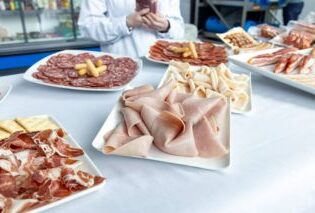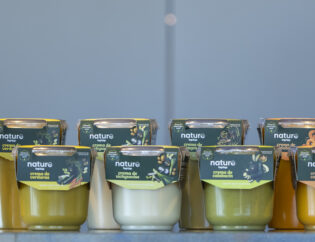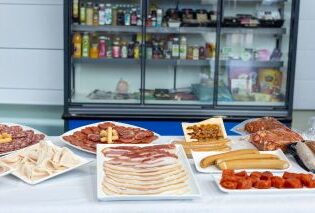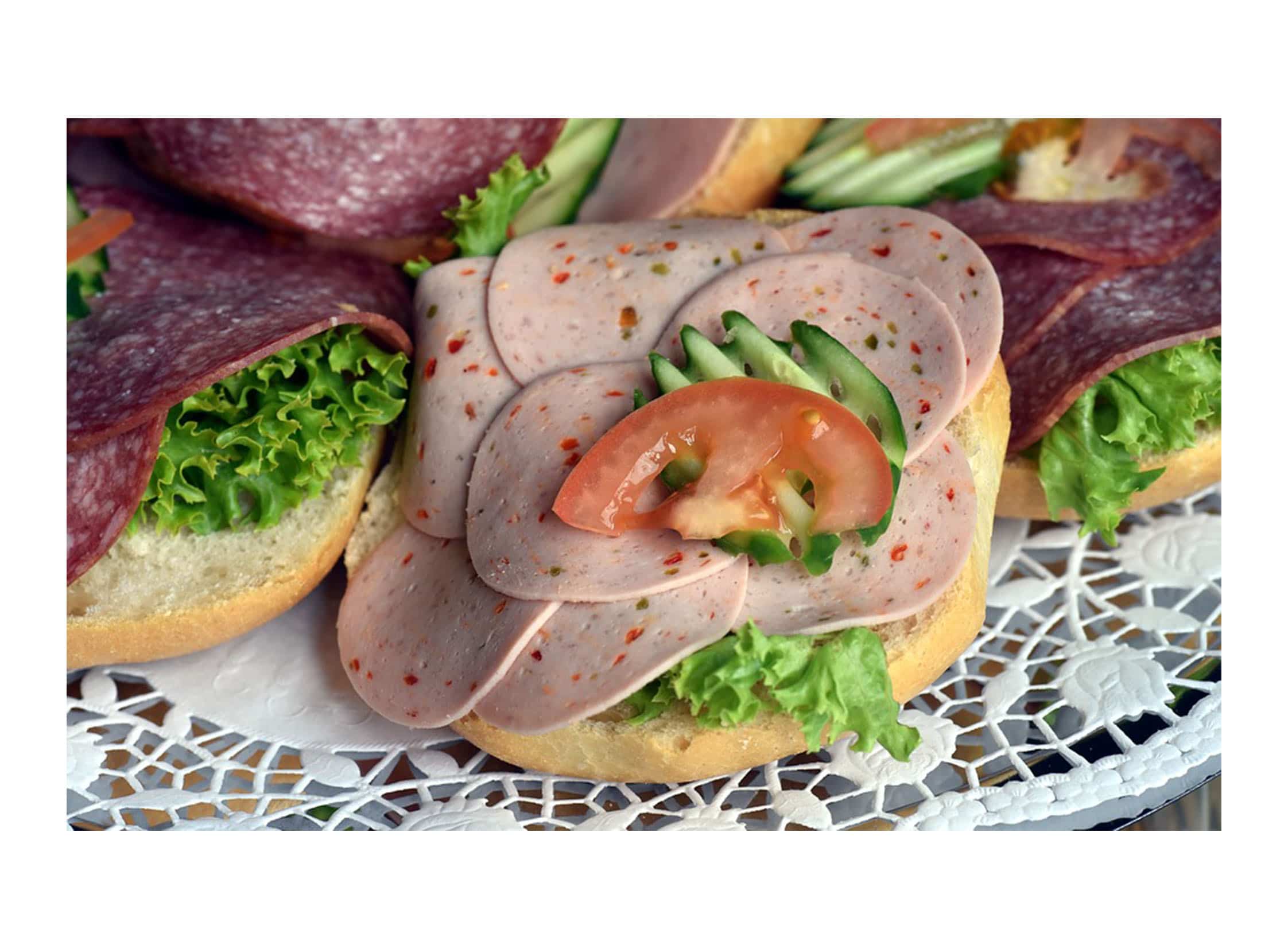
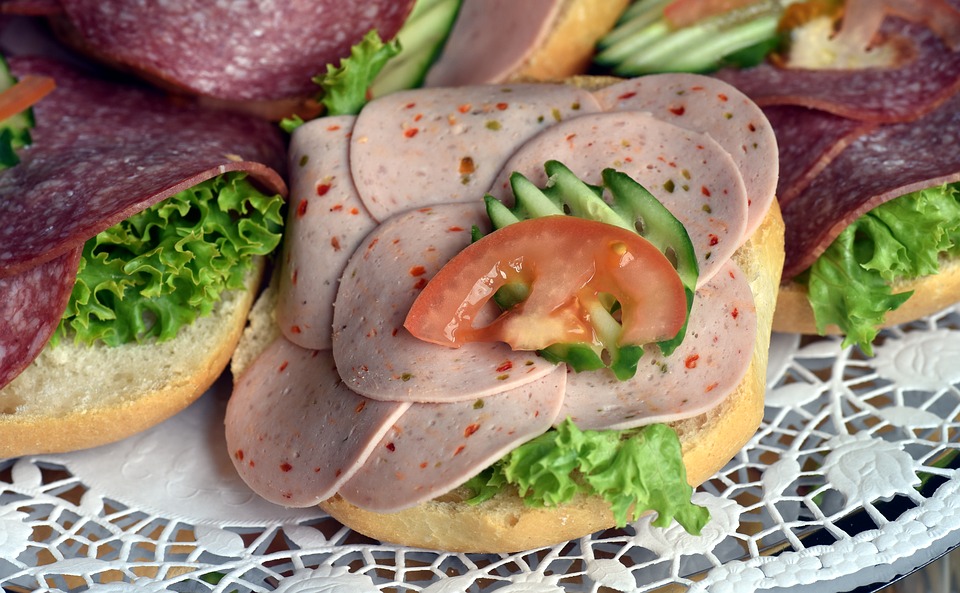
Cross contamination is one of the major concerns of food industry when commercializing ready-to-eat (RTE) products. Direct contact of final products prior to packaging with contaminated surfaces can either reduce their shelf life or increase the risk of pathogen transmission. Sorbates, ascorbates, benzoates or nitrates are antimicrobials used to inhibit microbial growth in RTE products.
In order to minimize the drawbacks of cross contamination, their use is rising concerns regarding consumer’s health. Food industry seeks to remove chemicals from their products in order to achieve “cleaner” labels.
But is it possible to guarantee both: long shelf life and food safety? High Pressure Processing (HPP) and natural antimicrobials have the potential to overcome this issue.
One of the reasons for the increasing popularity of organic food is that synthetic additives are completely avoided, allowing the commercialization of products with a “clean label”. Sales of organic food jumped in the US a 6.4% in 2017. Nonetheless, for organic or clean label products, short shelf life and food safety issues can remain unresolved when the product has no natural preservatives that can fully replace chemicals.
HPP is a non-thermal post-package process able to inactivate spoilage microorganisms and pathogens in already packed products. It can work in synergy with natural antimicrobial components. This represents a benefit to organic/clean label food because HPP offers the chance to get rid of undesired chemicals as cross contamination is avoided, which delivers safe food with a longer shelf life.
However, the control of some spore former bacterial species (such as Clostridium sp. or Bacillus sp.) may require additional hurdles. In order to keep the desired “clean label”, the use of natural antimicrobials becomes a valuable tool to accomplish this objective. Nature is wise and puts in our hands a wide range of ingredients with antimicrobial properties to control spoilage bacteria and pathogens.
What are natural antimicrobials?
Any substance active against microorganisms is considered an antimicrobial. Synthetic ones are the most common solution traditionally used by the food industry. However, a better understanding of bacterial responses towards environmental stresses led to the discovery in recent years of natural substances that exert similar effects.
Continuous research not only proved that natural antimicrobials are effective controlling bacteria, but also that they are harmless to humans and have a lower impact on the growing concern of antimicrobial resistance (AMR). This motivated regulatory bodies to approve some of these substances for their food application. Natural antimicrobials do not require to be labeled as “additives” in most cases, so they enjoy a healthy image and become an excellent complement for HPP foods.
Do natural antimicrobials actually work?
Many HPP formulas (especially RTE foods) already include some of the approved natural antimicrobials to control bacterial growth. Nonetheless, based on the novelty of this category of substances, at Hiperbaric we encourage consulting an HACCP expert before implementing them on HPP formulas.
Fermentates
The first generation of these natural antimicrobials is made from fermentation byproducts (fermentates). It was included on the FDA’s Generally Recognized as Safe (GRAS) list back in 2003. Other followed in the coming years and there are multiple options available nowadays. MicroGARD® (DuPont), the DuraFresh® range (Kerry, which includes the former Alta and Perlac products from Quest) or Verdad® (Corbion) are the most common commercial products.
Fermentates are ingredients produced by the fermentation of a variety of raw materials by food grade microorganisms, typically lactic acid bacteria (LAB) or propionic acid bacteria (GRAS in the US or with Qualified Presumption of Safety in Europe) (Elsser-Gravesen, 2014). Raw materials for the production of fermentates include dextrose, milk or plant-derived byproducts such as corn or wheat starch.
Scarce scientific information is available on the composition of fermentates. It is known that their antimicrobial action is based on a mix of different organic acids and bacteriocins. Therefore, in situ testing is essential to substantiate this application and to establish the sensory suitability of the resulting products (Crowley et al., 2013). For instance, addition of 1% MicroGARD to hamburgers provided an initial reduction of Escherichia coli O157:H7 counts and a bacteriostatic effect against Listeria monocytogenes (Dave et al., 2003).
Some HPP products already include fermentates in their formulation to complement the lethal effect of the technology. This is the case of the soup range of Garden Fresh Gourmet®, Giant Eagle® wet salads or Chef’d® RTE meals include natural antimicrobials (Figure 1).

Bacteriocins
Bacteriocins are antimicrobial peptides (small proteins) typically produced by various lactic acid bacteria (LAB) species. Several bacteriocins from LAB have potential applications in food preservation. Nisin is the most commonly used because of its GRAS status in the US and EFSA’s approval in Europe since 1983. It is a bacteriocin produced by Lactococcus lactis.
Most frequent applications of nisin rely on the control of Gram-positive bacteria (such as L. monocytogenes) or spore formers (i.e. Clostridium sp.) in meat and dairy products. For instance, the addition of only 200 AU/cm2 of nisin to two different types of dry cured ham (aw = 0.92 and aw = 0.88) synergistically worked with HPP (600 MPa/87,000 psi for 5 min) and enhanced the inactivation of L. monocytogenes, as shown in Figure 2
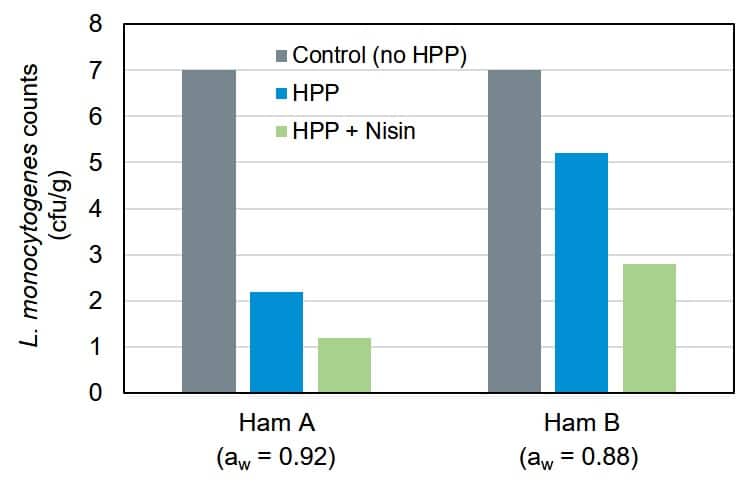
Other studies reveal that L. monocytogenes and Salmonella spp. can be effectively controlled over 90 days combining HPP (600 MPa/87,000 psi for 5 min) with the addition of 800 AU/g of nisin to cooked ham (pH = 6.28, aw = 0.98). Without HPP, the pathogens can survive and even grow under refrigeration (1 or 6 °C) (Jofré et al., 2008).
Natural curing process
Nitrates and nitrites have been demonized due to research indicating their correlation with cancer. Dry ham, bacon or sausages are products that commonly undergo a curing process and require the use of nitrites to avoid Clostridia germination and growth during storage. Including curing agents from natural sources delivers products with the same functionality and a cleaner label, which goes in accordance with the claims of HPP foods.
USDA recently approved the use of cherry powder, sea salt or beet juice as natural source of nitrites if used in combination with a source of ascorbate such as cherry powder. Products using these ingredients must be labeled as “uncured” and include the statement “No nitrates or nitrites added except for those naturally occurring in celery juice and cherry powder”. Normally a LAB starter culture is required to convert nitrates into nitrites and give the natural ingredients its functionality.
Uncured Natural Choice® range from Hormel Foods are the perfect example on how HPP synergistically works in this type of products as they claim to be free of synthetic additives and offer the same quality of traditionally cured deli meats (Figure 3).
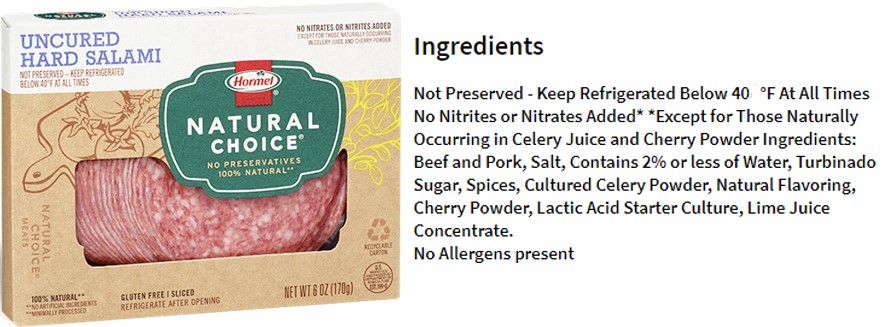
Biopreservation: BLAC HP project
The extension of shelf life and enhanced safety of foods by the use of natural or controlled microbiota and/or antimicrobial compounds is called biopreservation (Ananou et al., 2007). The potential of bacteriocin-producing LAB to control undesirable microorganisms in foods has been extensively evaluated. Nonetheless, the main limitations of this approach rely on LAB growth variability, non-homogeneous composition of food and difficulty to control storage temperature.
The BLAC HP project, in which Hiperbaric collaborated together with other industrial partners, aimed to develop a new strategy for stabilization of refrigerated meat products combining HPP and biopreservation using LAB. Thanks to the pressure tolerance of some lactic acid bacteria, the combination is expected to control pathogenic spore formers without the addition of chemical preservatives such as nitrites.
Researchers developed under the frame of this project a selection procedure of LAB cultures for their combined use with HPP to control spore formers in cooked ham (Ramaroson et al., 2018). More promising results are expected to come within the next months. So far, Hiperbaric hosted last 25th and 26th of February (2019) a meeting for the discussion of the conclusions of the project.In the next video all the key moments of blac hp members are included.
If you want to know more about how HPP can improve your products security and shelf life, do not hesitate to contact Hiperbaric, the global leading supplier of High Pressure Processing equipment for the food industry.


